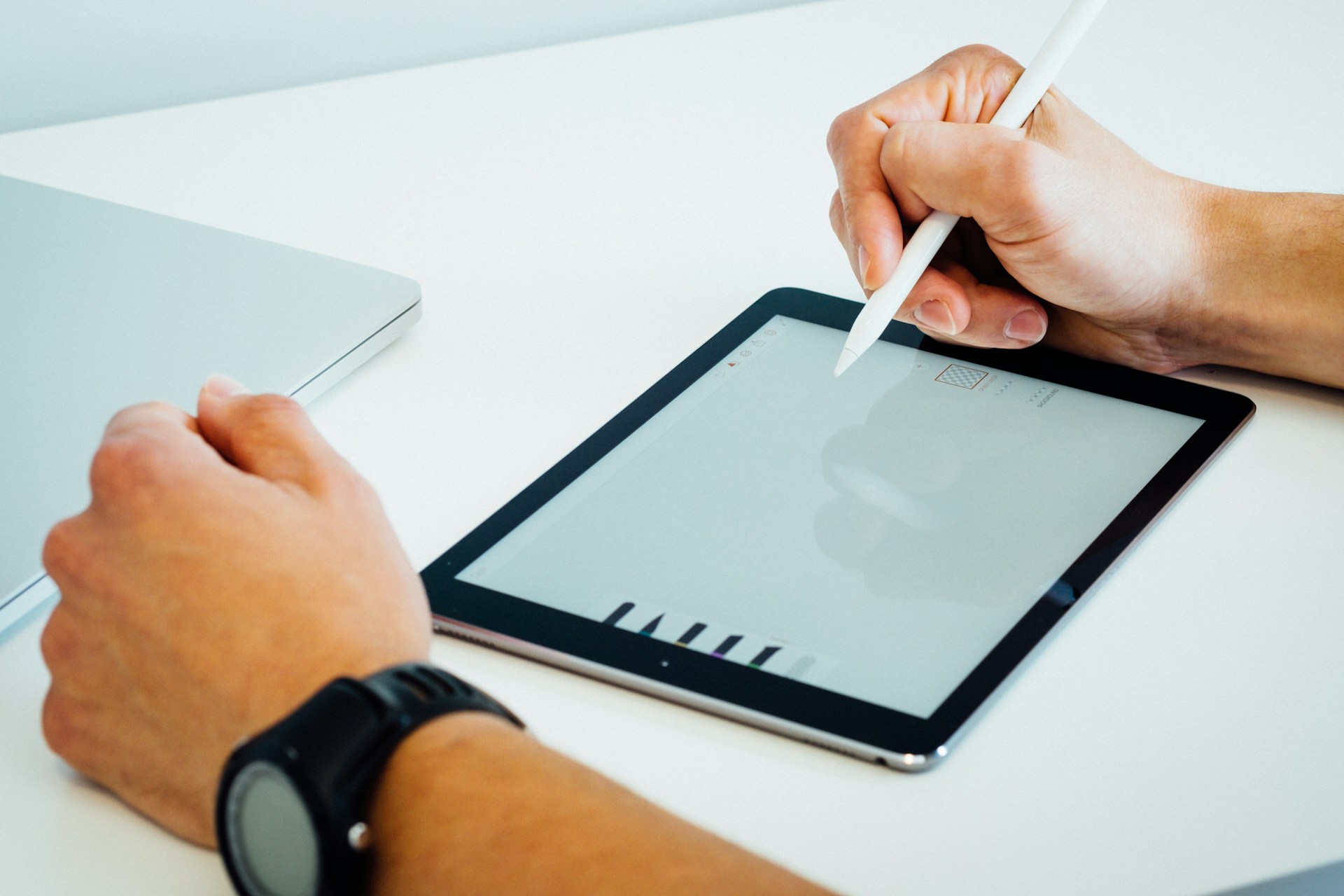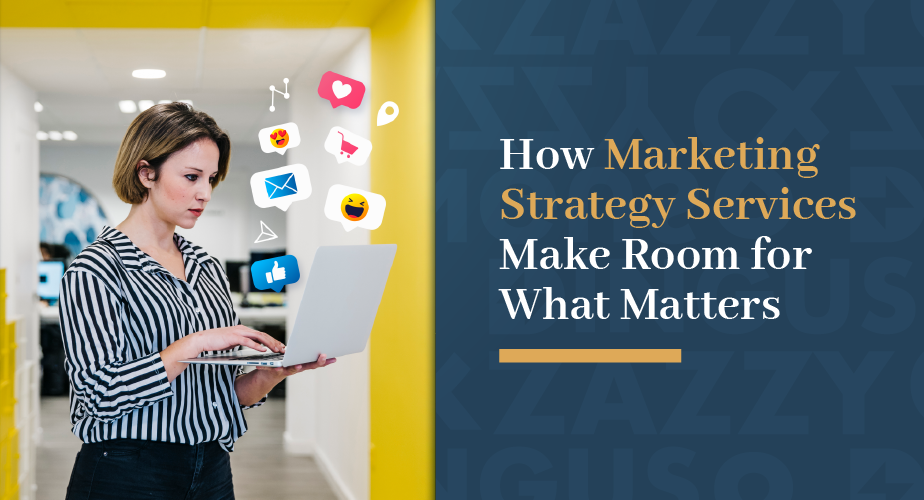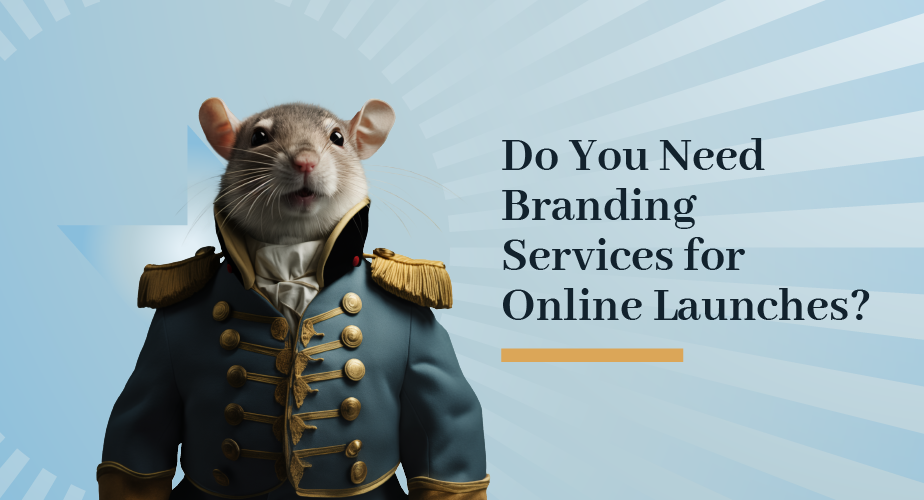It’s easy to mix up logo design and graphic design. After all, both deal with visuals, colour, and creative work. But they are not the same, and knowing the difference can help avoid confusion when working on branding or marketing projects. When people expect one thing and get another, it usually slows down the process or leads to rework.
We talk a lot about logo design graphic design with our clients, especially when their business is growing and they want everything to look polished. A better understanding of what each one does means everyone is on the same page faster, and projects move ahead more smoothly. The more you know about how these creative areas interact, the easier it is to coordinate everything else about your business identity and your ongoing marketing campaigns.
What Logo Design Actually Means
A logo is a symbol that represents a business. Sometimes it's just a shape or a set of letters, and other times it’s a combination of fonts, colours, and icons. No matter the style, a good logo needs to be easy to recognize and quick to connect with the business it belongs to.
Logos are used often. They go on websites, signs, packaging, uniforms, and digital ads. They must be easy to read, clear at small sizes, and able to work anywhere. That is why logo design is its own skill. It is about building something small that carries a big message.
When we design logos, we focus on how a business wants to be seen long-term, not just what looks nice for a short campaign. The logo sets the direction for other visual elements and it usually becomes a reference point for the overall branding. A well-designed logo captures the unique style and voice of a business, tying together multiple forms of communication into a single mark.
Graphic Design Covers a Lot More
Graphic design does not just stop at logos. In fact, most graphic designers handle everything else that helps a business look good day to day.
• Posters, flyers, and signs for promotions
• Social media posts, covers, and ad content
• Website images, sliders, and pop-ups
• Brochures, menus, packaging, labels
Graphic design supports all the messages a business shares. It keeps things looking consistent and clear so nothing feels out of place. While logo design builds the main symbol of a brand, graphic design fills in the rest by customizing content for each message or platform.
Graphic designers work with logos, but their job covers more than just using them. They think about how colours, shapes, and fonts connect across all visual pieces. That is why this role is more flexible, adapting the core look to suit different needs. For example, if your main branded content needs new seasonal graphics, a graphic designer will make sure the new visuals fit with your logo and existing identity, adjusting layouts, illustrations, or photography to suit the particular medium.
So, while a logo anchors your brand, graphic design gives it movement and flexibility. New ads, reports, event invitations, or digital materials might each have a different look, but they all tie back to the core visual system defined by the original logo and any established brand guidelines.
Why Mixing Them Up Can Lead to Confusion
Getting logo design and graphic design mixed up can slow down progress, especially when you are starting a project or trying to plan ahead.
Here is what usually happens:
• Someone asks for a logo, but what they really need is a poster or layout
• A team expects a full brand kit from a graphic designer, but that's not part of the project
• Changes need to be made, but the designer does not have the right files or brand details
Things run smoother when everyone understands what each designer brings to the table. Graphic design works for regular visuals and quick campaigns. Logo design is a slower, deeper process that sets the tone for most of what follows. Both matter, but they show up in different ways and at different stages.
When we start off clear, it is easier to set timelines, assign work, and reduce re-dos. A little extra clarity at the start leads to fewer headaches down the road, as both the client and designer can focus on tasks that fit the project scope. Teams also avoid awkward rounds of edits, missed details, or mix-ups over formats and files.
Recognizing the boundaries between logo and graphic design saves time and keeps everyone on task, especially when you’re juggling multiple campaigns or launching new products.
When Graphic Designers and Logo Designers Work Together
The best creative work often happens when logo designers and graphic designers work side by side.
Here is how it plays out:
• The logo designer creates the brand’s main visual mark, often including colours, icons, and font choices
• The graphic designer then uses those pieces to build out flyers, social content, email headers, and ads
• Both focus on consistency, but they look at different ends of the timeline (logo design builds, graphic design applies)
If your business is holding a winter sale, the logo designer does not need to get involved in the weekly promo graphics, but their original work still shows up (like in the banner’s colour scheme and font choices).
Everything works better when roles are clear. Projects finish faster. Revisions are fewer. Each designer knows what they are building and why. By pairing the deep strategy of a logo designer with the day-to-day craft of a graphic designer, everyone’s strengths get used in smarter ways.
In fact, many companies find that project handoffs go smoother and future campaigns are easier to launch because the guidelines and assets are clear from the start. Collaboration means fresher ideas, fewer last-minute changes, and more confident launches.
Why It Helps To Know the Difference
Clear branding starts with knowing who does what. When we understand the difference between these two creative areas, we avoid extra revisions, back-and-forth messages, and missed details.
Here is what that looks like:
• Fewer reworks, because the right person is working on the right thing
• Clearer timelines, since the steps are better mapped out
• Brand consistency, even across different tools, platforms, or seasons
Understanding these roles closely also helps when onboarding new staff, communicating with outside vendors, or rolling out product updates. The more organized you are up front, the more consistently your brand will perform wherever it appears. Graphic design fills in the constant stream of business needs, drawing from visual assets set by the logo process, giving you trusted, repeatable results.
As the holiday season approaches and businesses begin prepping for the new year, good design matters more. When you can trust both logo design and graphic design to do their specific jobs, your brand looks better and works better. Proper planning makes your entire design process run smoother, helping your brand communicate its core message every step of the way.
When everything feels like it's moving fast, slowing down just enough to make the right creative choice will always pay off. That is why we take the time to explain the difference. It makes every part of the job cleaner and more useful down the road.
Not sure where logo work stops and brand visuals pick up? You are not alone, as many businesses assume the two are the same, but each plays a unique role in your company’s daily presence. We have helped countless growing businesses sort out how to manage logo design graphic design across multiple channels. At Dingus & Zazzy, we make sure every part of your branding lines up so your business looks its best wherever it appears. Start a conversation about your next design project.







